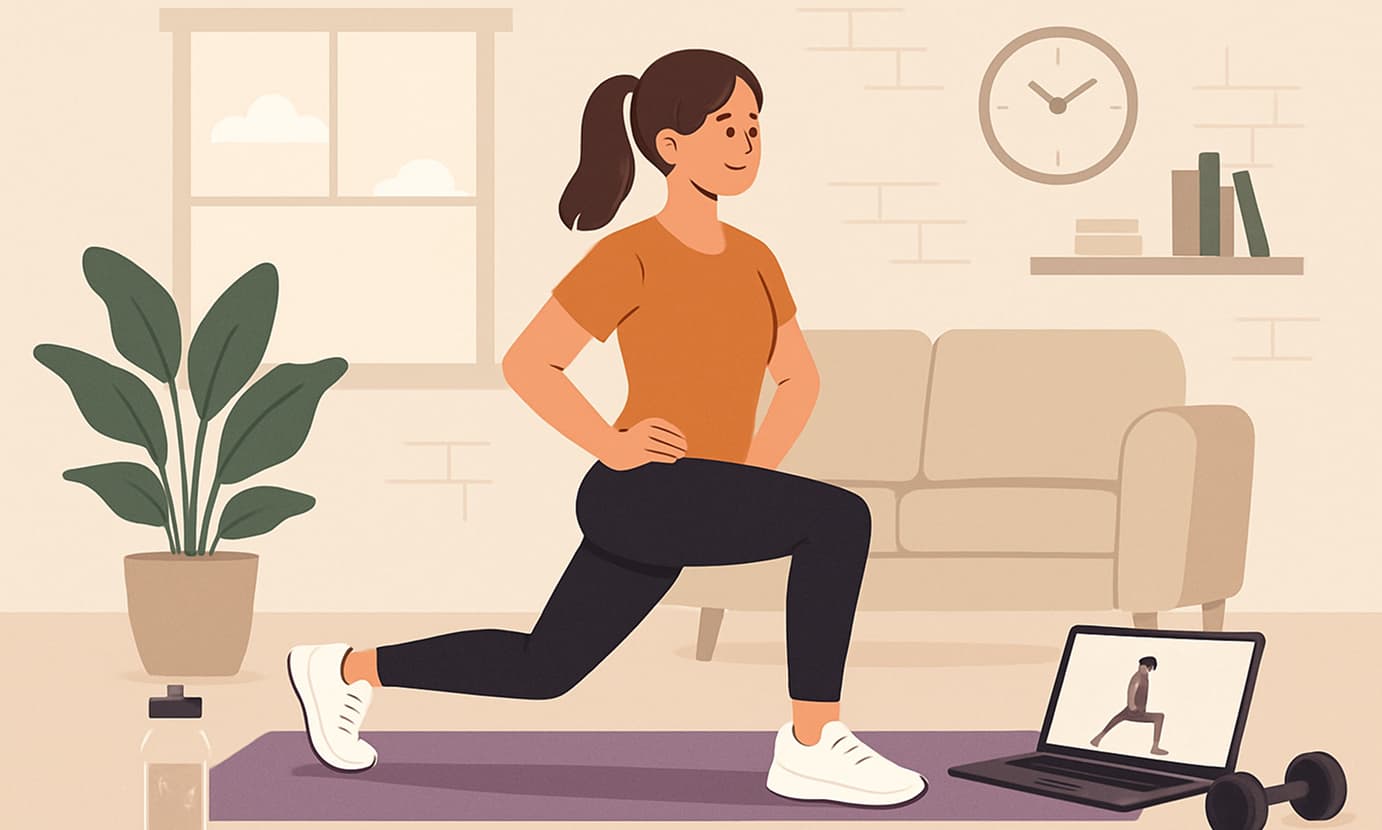Falls are one of the leading causes of injury as we get older, but the good news is that the right exercises can dramatically improve balance, strength, and coordination. By training your muscles, joints, and reflexes, you can reduce the risk of falls and move with more confidence in everyday life. Here are some of the best exercises to help keep you steady on your feet.
- Strength Training for Stability
Strong legs and core muscles act like anchors, helping you stay upright. Focus on exercises such as:
- Sit-to-Stand: Practice rising from a chair without using your hands. This strengthens the thighs and hips—key muscles for balance.
- Wall Squats: Lean against a wall and lower into a seated position. Hold for a few seconds, then stand. This builds leg endurance.
- Heel Raises: Stand tall, lift your heels, then slowly lower. This strengthens calves and improves ankle stability.
- Balance Training
Balance exercises retrain your body to adjust quickly when you feel unsteady.
- Single-Leg Stands: Hold onto a chair for support if needed. Stand on one foot for 10–20 seconds, then switch.
- Tandem Walk: Walk in a straight line, placing one foot directly in front of the other, as though walking a tightrope.
- Tai Chi: This gentle martial art emphasizes slow, controlled movements and has been shown to reduce fall risk in older adults.
- Flexibility and Mobility
Stiff joints can make falls more likely. Stretching improves movement and reduces tripping hazards.
- Ankle Circles: Rotate each ankle slowly to keep them flexible.
- Hip Flexor Stretch: Step one foot back, bend the front knee, and feel the stretch in your hips.
- Torso Twists: Gentle rotations of the upper body keep the spine mobile.
- Core Workouts
A strong core provides balance from the center outward.
- Seated Knee Lifts: While sitting, lift one knee toward your chest, hold briefly, then lower.
- Standing Side Bends: With or without light weights, bend sideways slowly to engage the obliques.
Final Thought
Preventing falls isn’t about luck—it’s about preparation. By strengthening your legs, improving balance, and keeping joints mobile, you can move with confidence and reduce your risk of injury. Just a few minutes of these exercises each day can help you stay upright, independent, and active for years to come.

